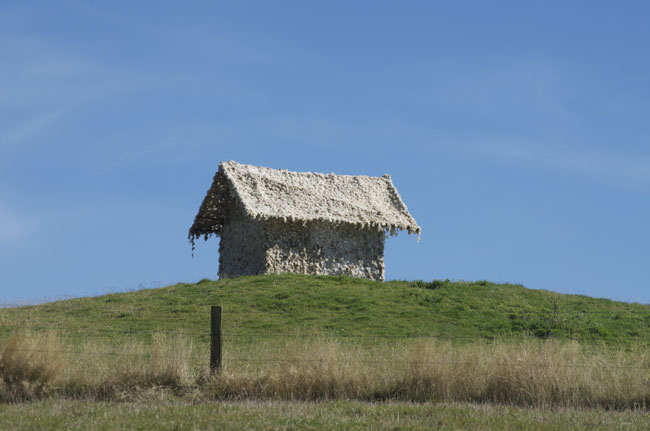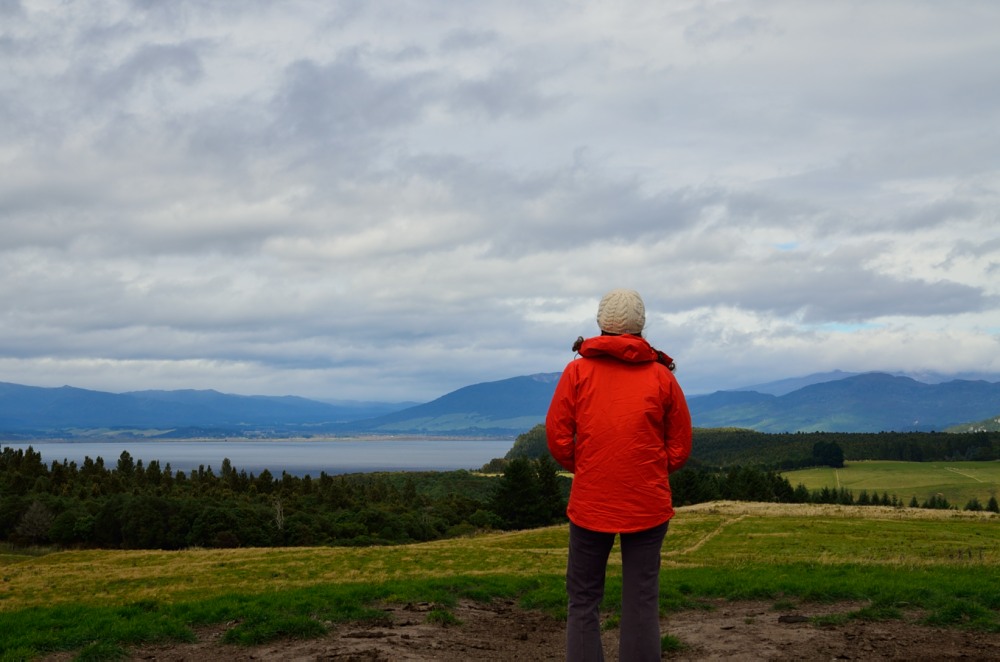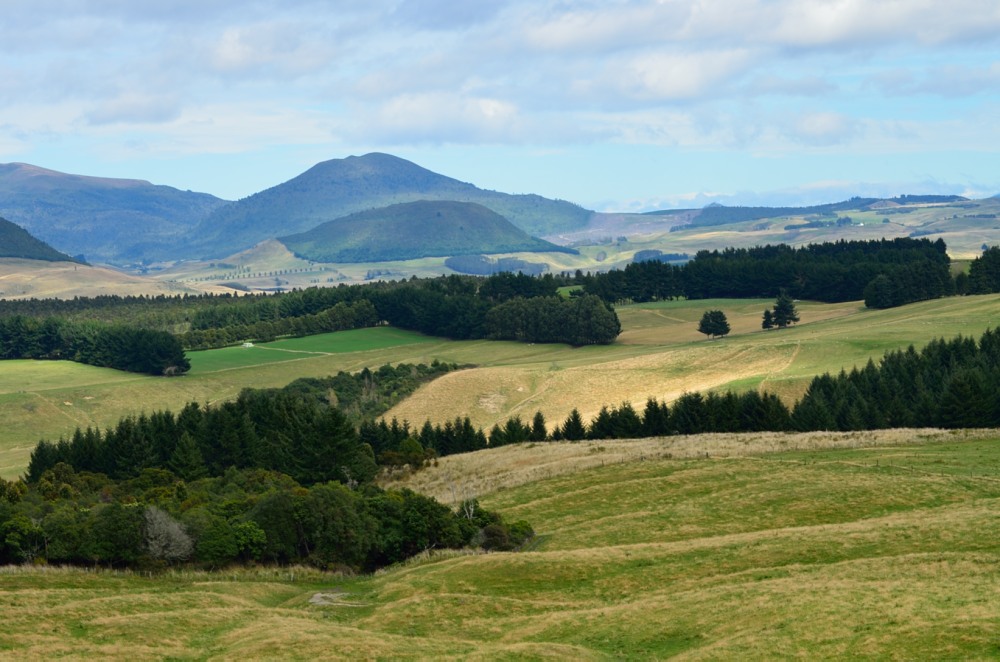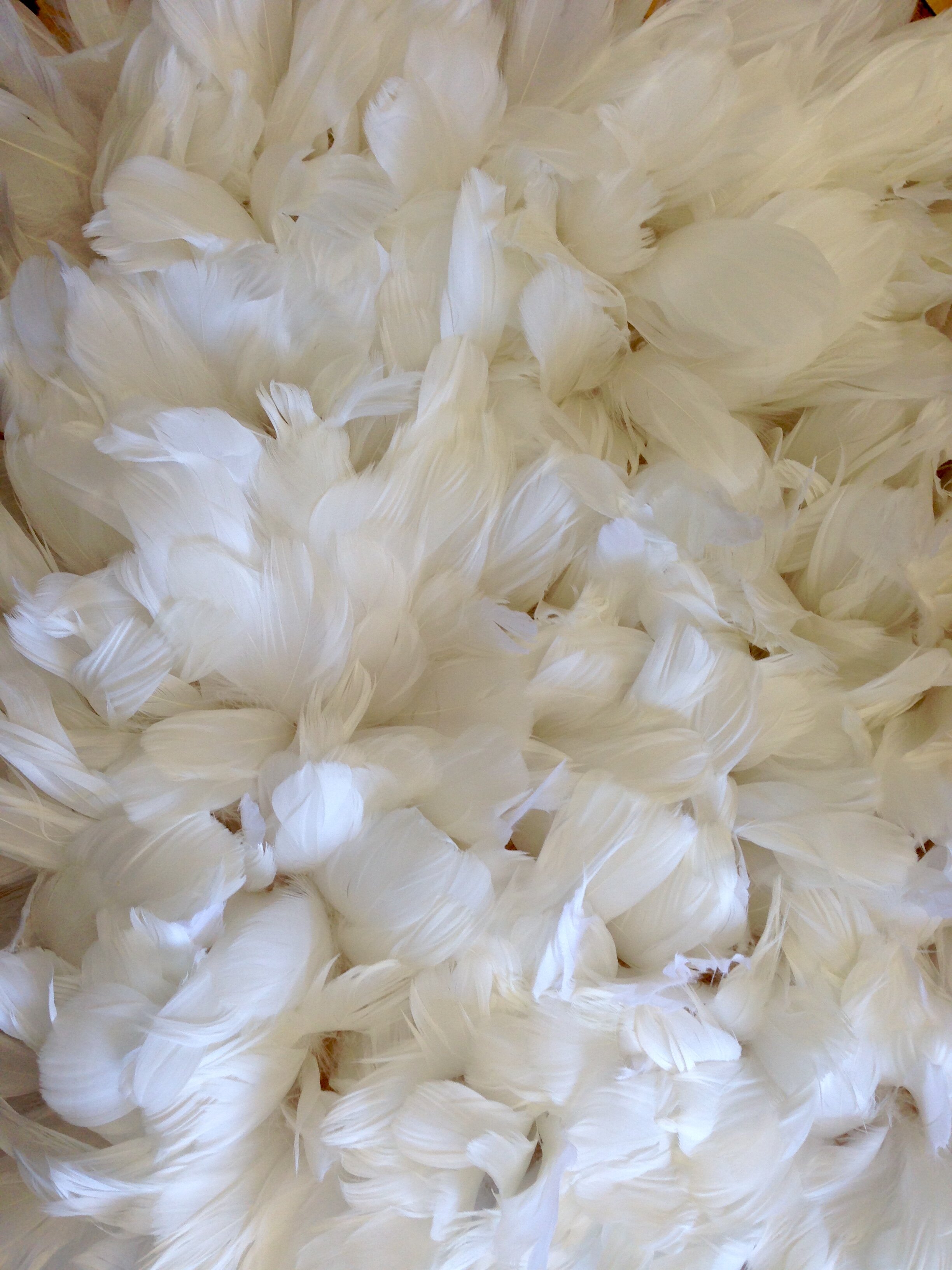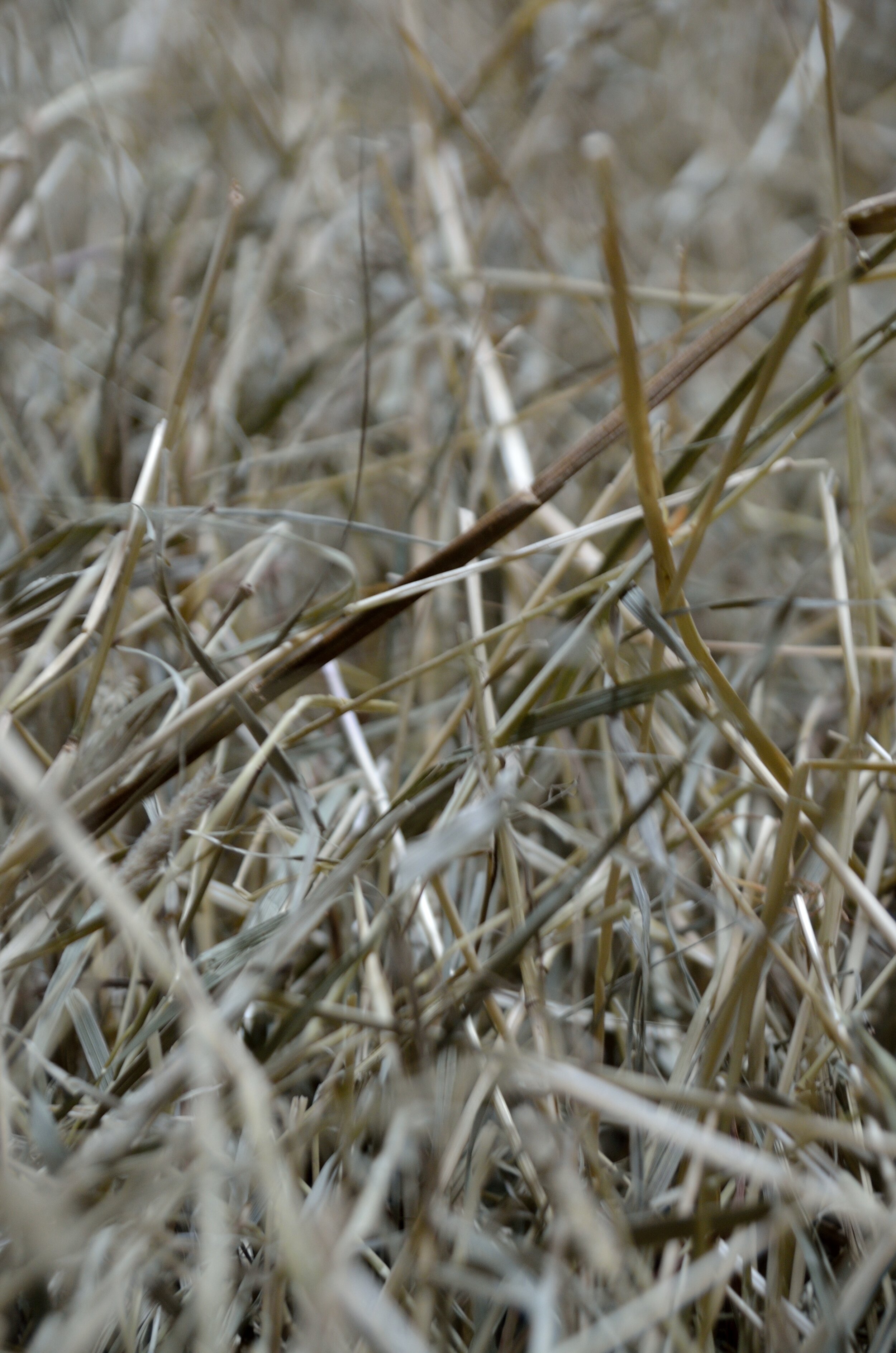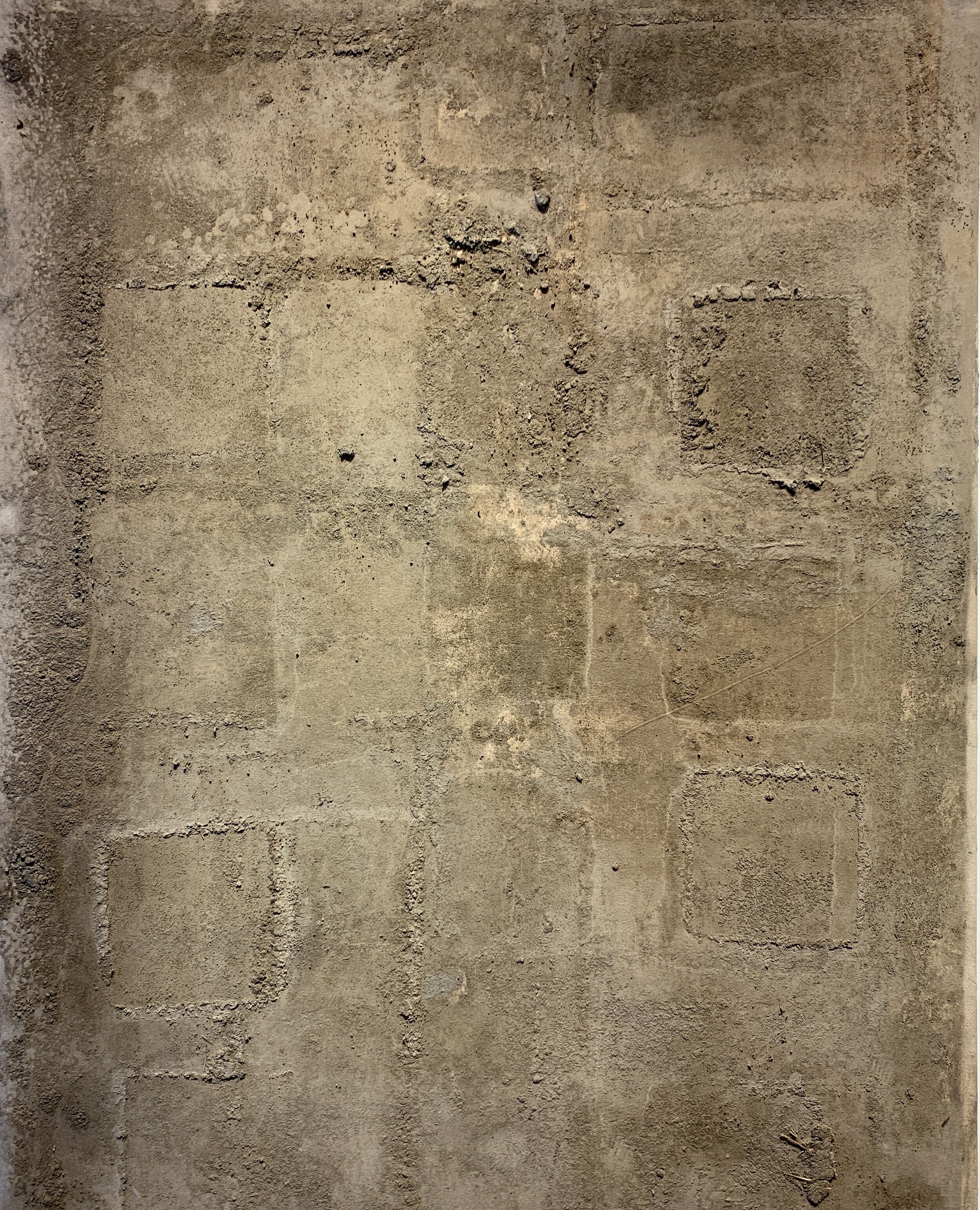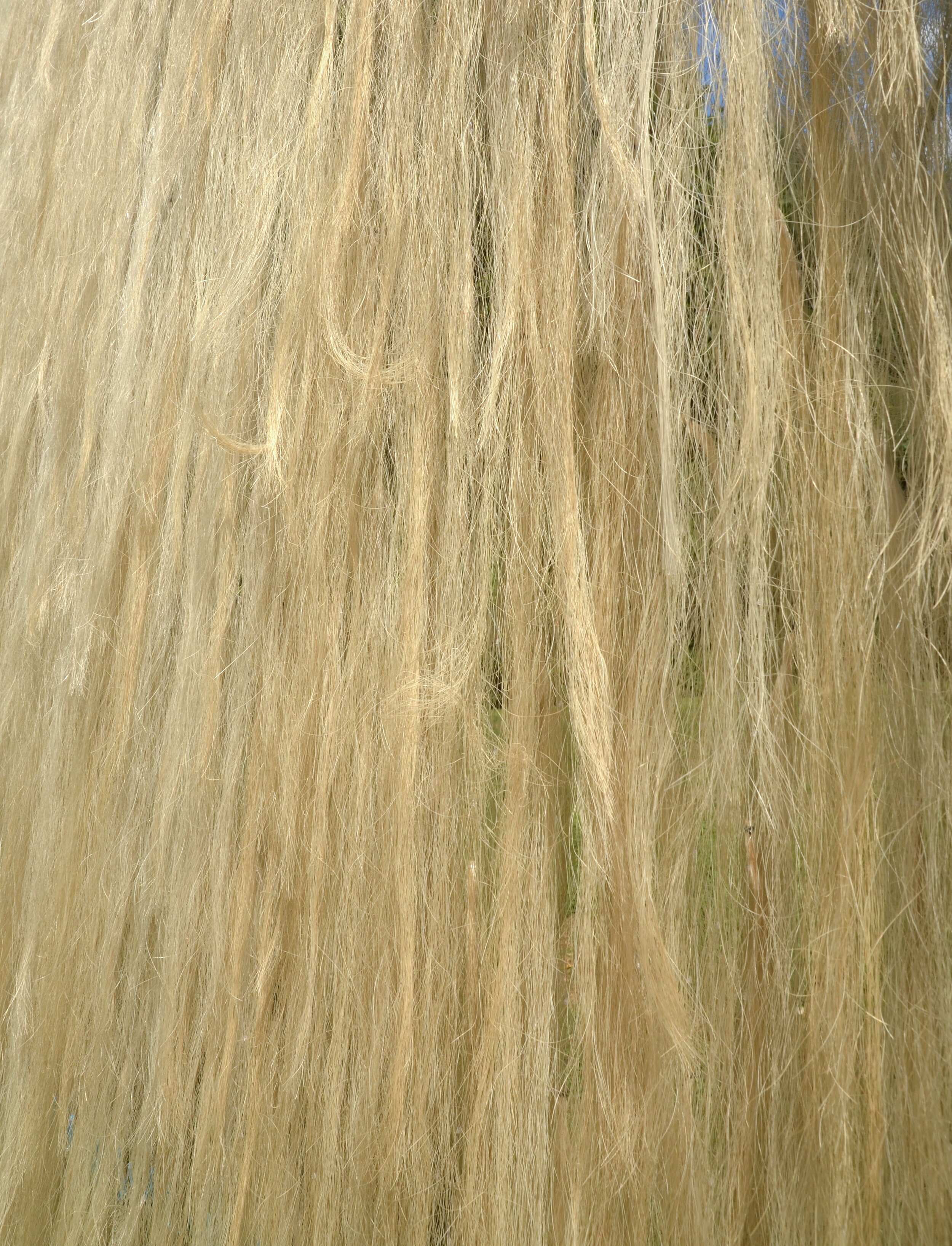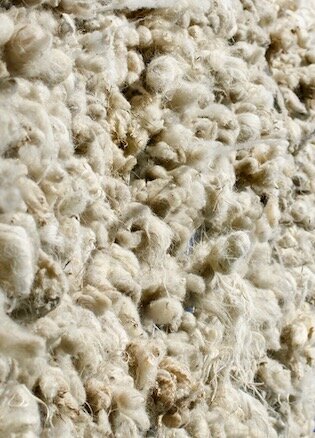I just received images from New Zealand of Tika Whare. Their winter collaborated in wonderful ways with the structure and it reminds me of a carcass in the fields. As if the home was once alive.
Thank you
A mountain of thank yous go out to my New Zealand family. There was an amazing amount of trust involved in the whole planning process. Our connection across the ethereal internet was both serendipitous and destined, as I could not have asked for a better situation to both live and work in. Meet the Truebridge family:James, Cam, Sue Yerex, Ben
My home away from home, James, Sue, Cam and Ben were night sky navigators of the southern hemisphere the first evening I arrived. They assisted and planned and explained and fed. During our time together the evening table was always filled with delicious food from their farm, but more importantly most days and nights family and guests graced the table with conversation, cultural comparisons and games.
The all important questions from the boys Ben and Cam sparked new ideas, and the everpresent grace of James and Sue reformed the concept of home for me. Always ready to help with process or fastening a corner, the Truebridge family are my collaborators. My most heartfelt thanks.
Individual artists need to develop a support team. Our business partners that give feedback,and encourage when needed in more ways than artistically. Caroline Robinson, an artist from New Zealand who builds large outdoor sculpture and urban planning, instantly became a part of my inspirational team. Our connection through sense of place helped ground me in this simultaneously familiar and foreign land. Please visit her website and follow her wonderful heart centered work. http://www.carolinerobinson.co.nz/
Process
Process is a big part of my work and this New Zealand installation was no different. The plan from the beginning was that there was no plan. I arrived in New Zealand with my favorite rigging knife and sketch book as my travelling studio. I spent the first few days on the farm, walking the land and searching for materials to use. There was wool of course, but that is only a fraction of the sculpture. Developing structure for a large installation out in the elements is an engineering challenge. I chose flexible bamboo cut from the back of the farm and flimsy silage netting for the siding. Both respond to the wind, which the open landscapes of the North Island had plenty of.
Cutting bamboo
James Truebridge and Sue Yerex helping with construction
Moving to its site
Literature plays important role in my work. You never know what you are going to read that will spark and subliminally feed an idea. TheBrendan Voyage by Tim Severin is a book I read before travelling to New Zealand that has nothing to do with sheep or art. The author researched ancient materials and built a boat out of flexible, strong wood and hide covered in lanolin, which he then sails following the charted course of the 6th century monk Saint Brendan the navigator from Ireland to find the new world. In this modern day reenactment the sailors rode in the boat like being in the belly of a beast, the flexibility and movement of the hide providing a malleable structure to ride out a storm that would have bashed in any rigid form. This became a constant vision in the back of my head while I wove Tika Whare. The structure needed to be both flexible and strong enough to ride out the wind waves that blew out of the south and rolled over the contours of the land. I needed to see the house breathe, to come alive as the wool responded to and exaggerated the flow of the wind. Tika Whare is a form of a land boat that I could live in.
Raising the roof
Getting the roof settled right with Roger
Every morning I was greeted by familiar calls of thousands of sheep that surrounded me while I worked in the paddocks contrasting with foreign (to me) New Zealand bird songs of the morning and the disorienting Southern Hemisphere night sky the evening before. Perhaps, in this foreign land I needed to build a home, a sanctuary that feels familiar. Or perhaps, with both children now gone off to college, I am revisiting the ephemeral concept of home/house/dwelling. The wool sanctuary I had created, will not last forever, the winds of the changing season will have their way with the flexible netting reminding me of the fragility of the idea of home.
taken while sitting inside
The formal structure of Tika Whare speaks of the colonizing of native New Zealand Maori who once lived on the land that I worked on. I started to notice patterns in Maori designs on weavings and paintings that mimicked the light reaching through the lacy leaves of nearby native bush (forest). This was replicated in the patterned effect of the sun coming through the roof and sides of the wool house.
Dawn
Tika Whare (True Home)
Tika Whare (pronounced Tika Phorae) in Maori means true home. If there is one thing I have found here in New Zealand is that your home is anywhere that you need it, it is always with you.
The Visiting House
Everyday out in the paddocks I have been visited by friends and extended family even though we are very isolated here. Today John, a neighboring farmer, brought over some beautiful fleece to be used in the installation. Yesterday, the extraordinary Caroline Robinson (New Zealand artist) visited with her daughter and while sheep grazed nearby we listened to her tell the children’s story of the felted house.
The roof is almost done and we will be raising it tomorrow. The netting sings to me as the wind blows through it, and the wool moves like a breathing animal. This home is alive.
New Materials, New Ideas
One of the wonderful things about traveling to another country and setting up an installation with none of your studio tools is the challenge to stretch your mind around unfamiliar materials. Bamboo, flax, and silage netting, all found on Te Hapua farm, are being used in place of my familiar lumber, stakes, chicken wire and nails.
Here is the wool bale they set aside for me.
The form I have chosen is a little woolen home that sits up on an exposed knoll overlooking the magnificent Lake Taupo and with views of the surrounding volcanoes. The sky is big here, and the land vast.
Meet my neighbors!
Shaking Hands
Ah, New Zealand. It is a hardy land. I am on north island in the Lake Taupo region on a large sheep and cattle farm called Te Hapua, and staying with the wonderful Truebridge family. The place where I rest my head is a campervan and my studio is the wool shed and paddocks. I am in heaven using the materials I find on the farm to create an installation of wool. But it is much more than that. It is watching the dogs rustle up the sheep from the hill paddocks in the early morning, witnessing the slaughter of our Easter lamb, or enjoying the dinner conversation of sharing the differences and similarities of our countries and lifestyles.
My first few days here have been about shaking hands with the environment and sussing out materials and design.
New Zealand
At the end of March I will be heading to North Island, New Zealand, for a self designed four week residency on a beautiful (7,000) sheep farm in the region of Lake Taupo. It is timed so they will be sheared while I am there. The landscape is breathtaking and the possibilities are endless!

















